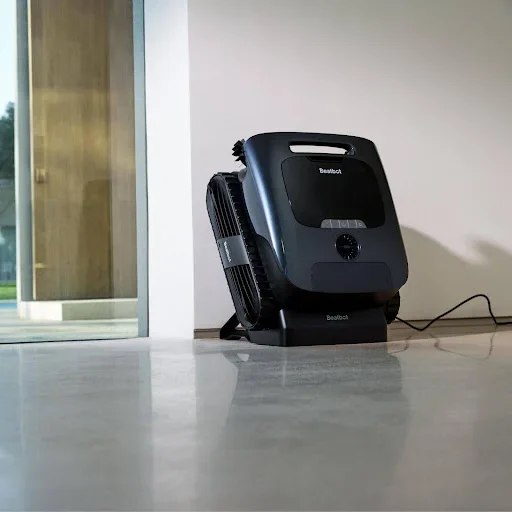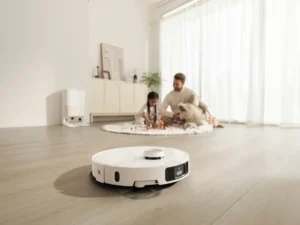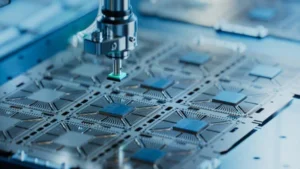Cleaning a house pool can feel like a never-ending chore, especially if you’re relying solely on manual tools. The debris, algae buildup, and time-consuming vacuuming all add up. A robot pool cleaner is one of the most effective tools you can invest in to simplify pool maintenance and save you time.
These intelligent, self-operating machines do more than sweep the bottom of your pool. They scrub walls, collect debris, and run scheduled cleanings all without needing to be connected to your pool’s filter system. In this article, we’ll break down five tips for using these effectively, helping you clean your home pool easily and efficiently.
1. How Robot Pool Cleaners Make Pool Maintenance Easy
Cleaning your pool can feel like a never-ending task, mainly when relying on manual tools. From debris to algae buildup, keeping your pool clean can take up much of your time. But modern technology has made it easier than ever. They are designed to handle the hard work, allowing you to maintain a clean pool with minimal effort.
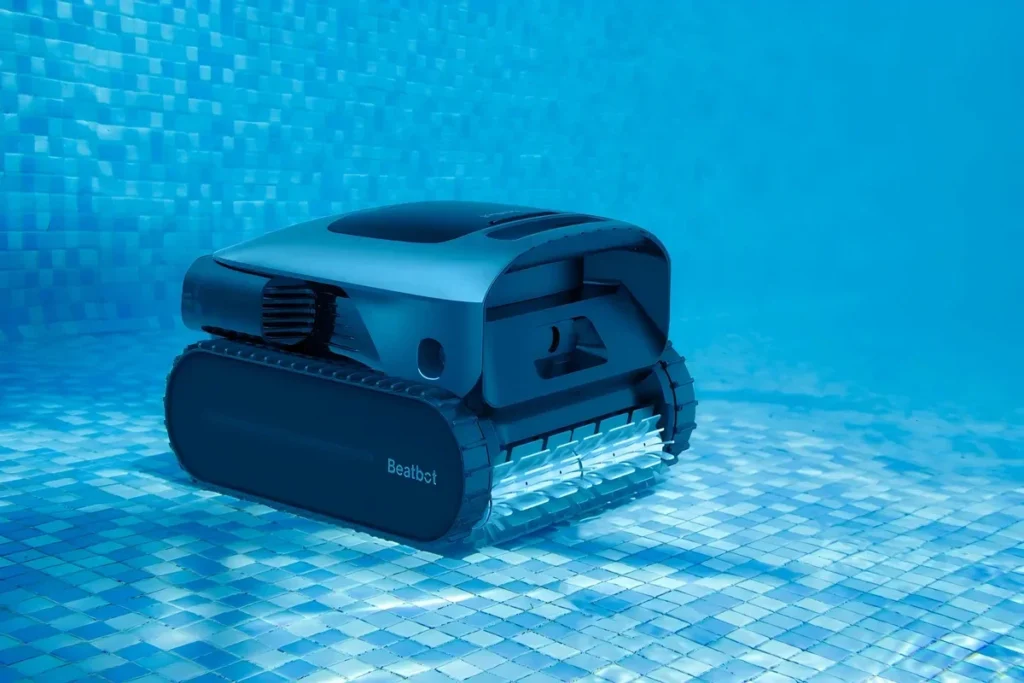
The main benefit of using a robot pool cleaner is its efficiency. These devices clean the pool floor, walls, and waterline with minimal supervision. Unlike suction or pressure-side cleaners, robot cleaners work independently from your pool’s pump and filtration system, reducing strain on your equipment and making them a more efficient option.
One key advantage of these robot cleaners is their innovative technology. Many models have built-in filters to trap debris, innovative mapping technology for efficient coverage, and self-programming cycles that allow you to set cleaning schedules. Additionally, many newer models are energy-efficient, saving water and electricity, making them eco-friendly for long-term pool maintenance.
2. Start With the Basics: Skimming and Scrubbing
Even if you have the best robot pool cleaner on the market, basic manual upkeep still matters. Daily or weekly skimming with pool skimmers helps prevent debris like leaves, bugs, and dirt from accumulating. If floating, this material can sink and decompose, encouraging algae and bacterial growth.
Here’s how to prepare your pool before letting your robot do its job:
- Skim daily: Use a handheld skimmer to collect surface debris.
- Brush trouble spots: Manually scrub tight corners or step areas that robots might struggle to reach.
- Shock the pool occasionally: Pool shock helps sanitize the water, especially after heavy use or storms.
Combining light manual care with robotic cleaning creates a low-effort system that consistently cleans your pool.
3. Keep Your Pool Robot in Top Shape
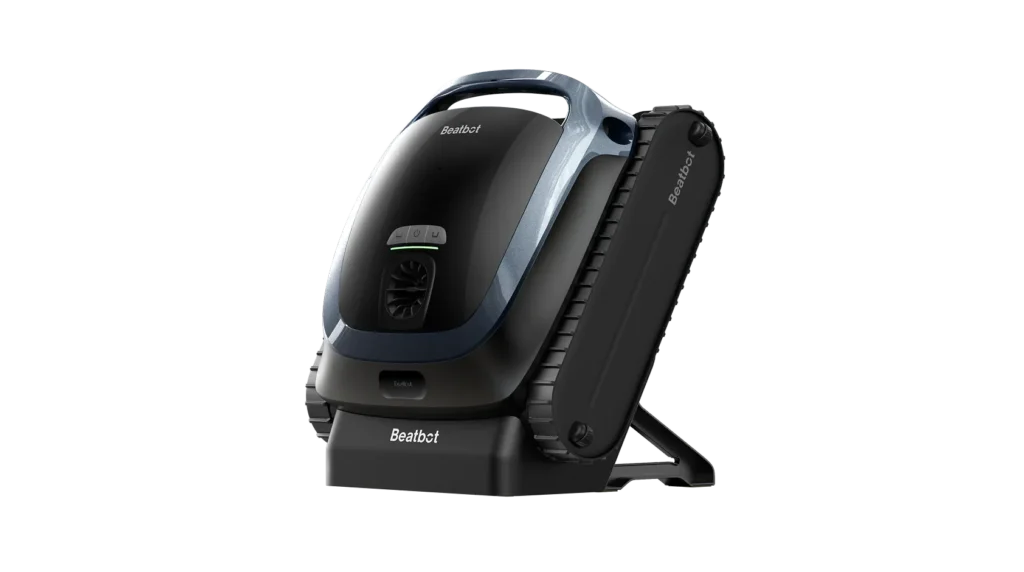
Robot pool cleaners are low-maintenance, but they do require occasional attention. Filters can clog with debris, wheels can get jammed, and brushes may wear out. Regular upkeep ensures your cleaner continues performing efficiently.
Maintenance Tips:
- Clean the filter after each use: Remove debris and rinse it with water.
- Inspect the brushes weekly: Look for worn bristles or trapped particles.
- Check for hose or wheel obstructions: This helps maintain smooth movement.
- Update software (if applicable): Some innovative models offer app connectivity with updates or diagnostics.
Ignoring these tasks may cause performance issues and reduce your device’s lifespan.
4. Algae Control and Deep Cleaning Strategy
These can handle most debris but may be less effective in removing severe algae buildup or murky water. If your pool water starts turning green or cloudy, a more hands-on approach is required.
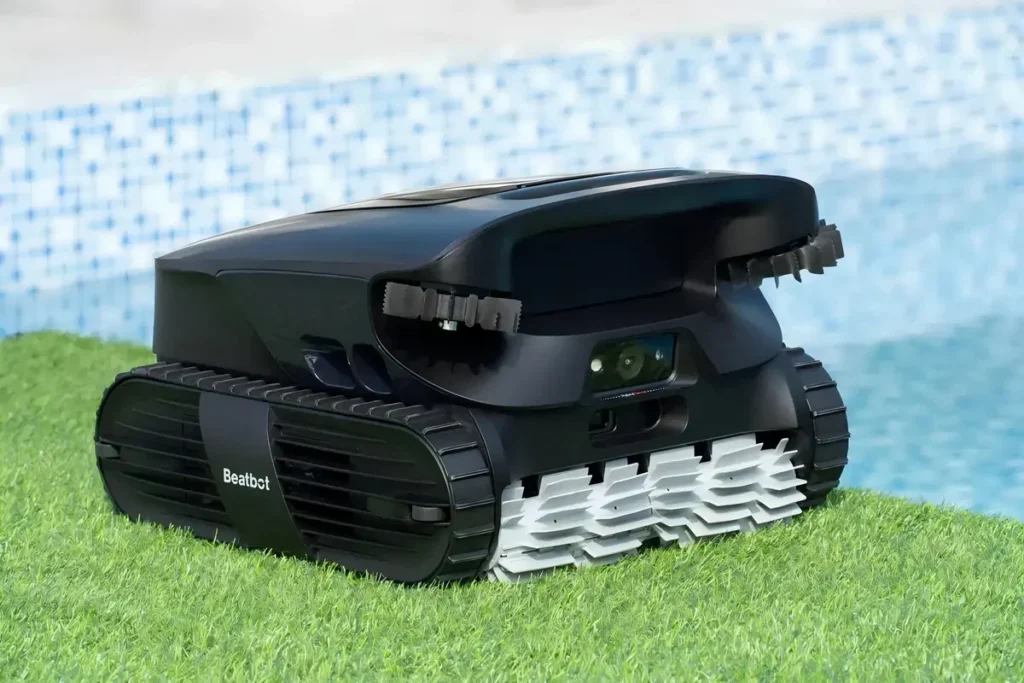
To prevent algae, you must regularly balance your pool’s chemistry. This means checking the chlorine and pH levels and adjusting them as needed. If algae is starting to form, manually scrub the affected areas to help break up the buildup. Even though robot pool cleaners can pick up algae spores, they’re not always equipped to deal with large infestations independently.
In cases of severe algae growth, you may need to use pool shock to kill the spores and bacteria. If the problem persists, using an algaecide may help, but following the manufacturer’s instructions is essential to avoid damaging your robot’s components. In extreme cases, like black algae or deep staining, you may need to call in a professional or perform an acid wash, though this should be done sparingly as it can be harsh on your pool.
Booster Pump: When It’s Needed and When It’s Not
Some pool owners mistakenly believe these cleaners require a booster pump to function, but this is not true. Robot pool cleaners are self-sufficient, unlike pressure-side cleaners, which rely on additional pumps to increase water flow. They come with motors and power sources, meaning they don’t require a booster pump.
However, a booster pump might still be necessary if you use a different pool cleaner type, like a Polaris pressure-side model. If you’re unsure whether your robot cleaner needs a booster pump, refer to its manual or consult your pool equipment provider. Signs of weak suction or incomplete cleaning patterns might indicate that a booster pump is needed, but this is typically only relevant for non-robotic systems.
Conclusion: Cleaning Your Home Pool Can Be Easy
Using a robot pool cleaner is one of the smartest investments for your home pool. It simplifies routine maintenance, handles complex cleaning tasks, and frees you from hours of manual work. When combined with basic pool care like skimming, chemical checks, and occasional brushing, robot cleaners make it easier to maintain a clean, clear, and inviting pool.
Whether you’re a first-time pool owner or looking to upgrade your maintenance routine, following these tips will help you get the most out of your cleaners and keep your pool in top condition year-round.






